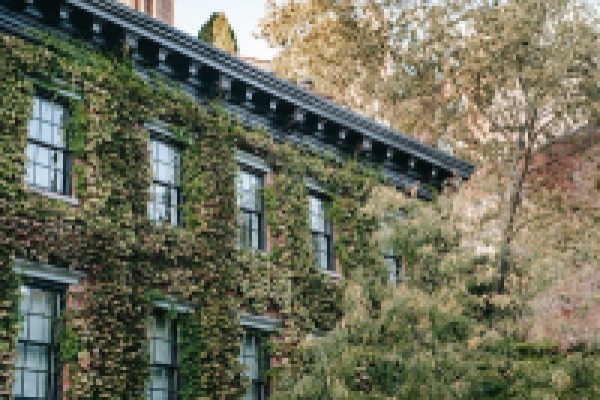
Preserving Historic Trees: A Guide for Property Owners
Trees and landscape environments with historic significance require extra care and protection during construction. It’s critical that a preservation plan includes a certified arborist and is a central element of the original design process.
It’s also a good idea to take rooting cuttings of historic trees prior to construction. This will allow for replacement in the event of unintentional construction damage.
1. Know Your Trees
Trees help define communities and are often the heart of a place. By knowing your trees, you can help preserve them.
There are many clues to help identify a tree species including bark texture, leaf arrangement, size and shape, winter buds, branching patterns, and twig characteristics. Other features include flower color, seed production, plant hair, and the presence or absence of thorns or spines.
Most people think of Florida when they think of beautiful palm trees lining sandy beaches or massive southern live oaks covered in Spanish moss. However, our state capital is also known for its scenic canopy roads – 78 miles of tree-lined drives! Knowing your trees can help you recognize when a tree may have historical significance. A local designation process can protect historic trees from inappropriate modifications and encourage rehabilitation work that follows preservation standards.
2. Know Your Landscaping
Taking the time to thoroughly survey a site is critical for anyone who has any interest in working with historic trees. “Surveying a site helps you to understand its unique microclimates,” Hill says. “It helps to make informed decisions about what to plant and where.”
During construction, contractors and equipment operators should be aware of the special value of historic/old-growth trees, especially when contracting Tallahassee’s Tree Service. They should be warned that significant damage to these trees will result in substantial fines or other penalties.
Hill says he finds his work to be highly rewarding. One of his most memorable projects was assessing the structural integrity of an old oak tree near a historically significant structure. He was able to determine that the tree was much more stable than previously thought and could be saved.
3. Know Your Trees and Landscaping
When people think of Florida, they often picture picturesque live oaks amidst rolling countryside. But these iconic trees are a part of the cityscape, too, lining city streets and surrounding historic college campuses.
Whether they are natural or planted, trees have significant social and cultural importance. They can mark historic migration or travel routes, record patterns of land ownership and influence development decisions. They are also a source of beauty, recreation and community identity.
Trees that are suitable for preservation can coexist with new buildings, pavement and utilities if the appropriate care is given. To keep a tree healthy during construction, an arborist should be involved in the entire process from planning forward. This includes working with surveyors, well diggers, excavators and truck drivers.
4. Know Your Trees and Landscaping
A site development plan that preserves historic trees requires careful planning and thoughtful communication between all team members. Contractors should be educated on how to avoid damaging historic trees and informed about penalties that must be paid if a tree is injured or killed during construction.
A historical tree is one that is at least 75 years old and symbolizes an individual, place or event of national, regional or local significance. It may be depicted in sketches, journals, paintings, writings or other primary documents.
Hill recommends that homeowners seek the services of an arborist if they have historic trees on their property. An RCA or BCMA credentialed arborist has the experience, training and education to care for the special needs of historic trees and sites.
5. Know Your Trees and Landscaping
Historic trees provide a link to past events. Their grandeur can be awe-inspiring and offer insight to historic times. Trees are historically significant if they are associated with a historical event, person or contribution and are more than 75 years old.
A detailed site inventory is critical for planning a project that preserves trees. During this phase, an arborist can help identify the most important trees on the property and delineate protective zones.
Protective zones are areas directly around a protected or historic tree where no construction activity is permitted. This means grading, excavation, storing equipment and all traffic must be kept outside the zone. In addition, aerating the soil and mulching around trees helps relieve compaction which can limit root growth. It also reduces the amount of water and oxygen that is available to the roots.
